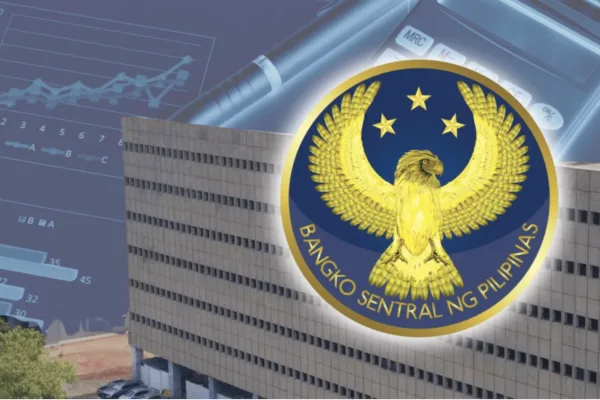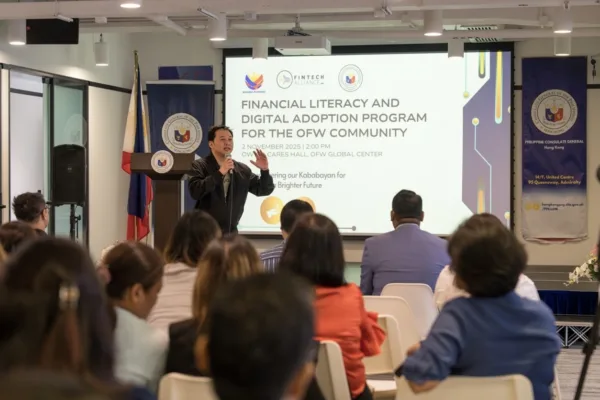The Philippine economy, which posted a slight dip in 2024, demonstrated strong financial momentum in January 2025, with bank lending surging and domestic liquidity maintaining a steady growth trajectory, according to preliminary data released by the Bangko Sentral ng Pilipinas (BSP) recently.

Bank lending soars, fueling growth for PH economy
Outstanding loans from universal and commercial banks (U/KBs), net of reverse repurchase (RRP) placements, witnessed a significant expansion, climbing by 12.8 per cent year-on-year in January 2025. This marked an increase from the 12.2 per cent growth recorded in December 2024, signaling a sustained appetite for credit within the economy. On a month-on-month seasonally adjusted basis, loan growth also remained positive, rising by 1.4 per cent.
The primary driver of this lending expansion in the country’s economy was the robust growth in loans to residents, which jumped by 13.3 percent in January, up from 12.4 per cent in the preceding month. Conversely, loans to non-residents experienced a 3.5 per cent decline, a reversal from the 5.7 percent increase seen in December.
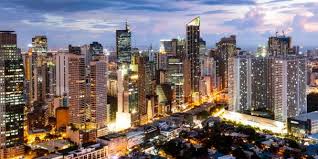
A closer look at the data reveals that loans for production activities played a crucial role in the overall lending surge. These loans increased by 11.8 per cent in January, compared to 10.8 per cent in December.
This growth in the economy was largely attributed to sustained lending to key industries, including real estate (9.8 per cent), electricity, gas, steam, and air-conditioning supply (23.6 per cent), wholesale and retail trade, repair of motor vehicles and motorcycles (13.9 per cent), transportation and storage (21.4 per cent), and manufacturing (4.6 per cent).
Furthermore, consumer loans to residents expanded by 24.4 per cent in January, slightly lower than the 25.0 per cent growth in December. This growth was primarily driven by increased credit card and motor vehicle loans, indicating strong consumer confidence and spending.
Domestic liquidity remains stable
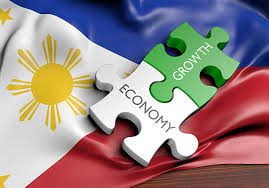
Alongside the strong lending growth, domestic liquidity (M3) also exhibited steady expansion. Preliminary data indicated that M3 grew by 6.8 per cent year-on-year in January, reaching ₱18.1 trillion. While this was slightly lower than the 7.7 per cent growth in December, it still reflected a healthy level of liquidity within the economy. On a month-on-month seasonally adjusted basis, M3 experienced a slight decline of 0.5 percent.
Domestic claims, a key component of M3, expanded by 10.9 per cent year-on-year in January, up from 10.4 per cent in December. Claims on the private sector, driven by continued expansion in bank lending to non-financial private corporations and households, grew by 13.1 per cent.
Net claims on the central government also increased, rising by 7.4 per cent due to higher borrowings by the National Government.
Net foreign assets (NFA) in peso terms saw a 2.6 percent year-on-year increase in January, compared to 6.0 percent in December. The BSP’s NFA expanded by 4.2 percent, while the NFA of banks declined, primarily due to higher foreign currency-denominated bills and bonds payable.
BSP’s commitment to stability
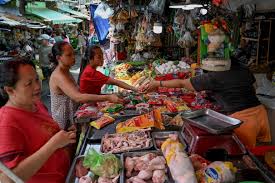
The BSP emphasized its commitment to maintaining price and financial stability. The central bank will continue to monitor domestic liquidity and lending conditions, ensuring they remain aligned with its policy objectives.
“Looking ahead, the BSP will continue to ensure that domestic liquidity and lending conditions remain aligned with its price and financial stability mandates,” the BSP stated in its release. Similarly, regarding domestic liquidity, the central bank affirmed, “The BSP will continue to ensure that domestic liquidity conditions remain consistent with the prevailing stance of monetary policy, in line with its price and financial stability objectives.”
The robust lending growth and steady domestic liquidity figures in January 2025 suggest a healthy and dynamic Philippine economy, poised for continued growth in the coming months. The sustained expansion in lending to key industries and consumers reflects strong economic fundamentals and positive market sentiment, providing a solid foundation for further economic development.





